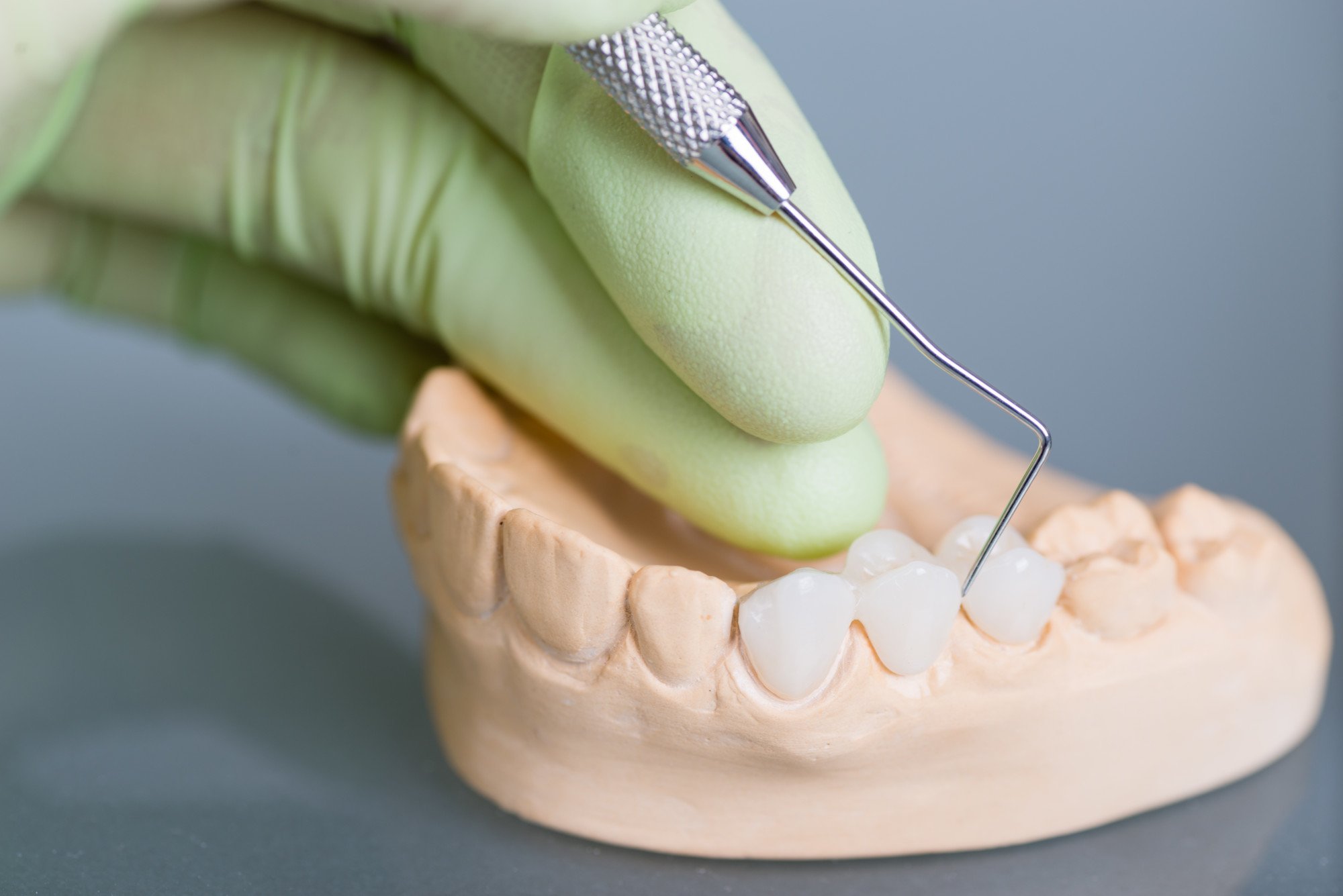
Did you know that 3 in 5 surveyed Americans said they don’t like how their smiles look in photos?
Having a gummy smile, in turn, might be one of the culprits behind that feeling. For many folks, it’s an unfavorable characteristic, so those who have it tend to hide their smiles.
But what is a gummy smile in the first place? What causes it, and most importantly, how do you fix it?
We’ll answer all those questions below, so keep reading.
What Is a Gummy Smile?
Experts say it’s normal to have a gingival display of 1 to 2 millimeters when smiling. Therefore, if a smile exposes more than 2 mm of the gum line, the result is a gummy smile. Dentists refer to this as an excessive gingival display.
The good news is that a gummy smile usually doesn’t cause dental health problems. That’s also why oral health experts consider it more of an aesthetic concern.
What Causes a Gummy Smile?
An excessive gingival display may result from how the teeth initially erupted. For example, some people may have had excessive gums covering their teeth as they came in. As a result, more gum tissue covers their pearly whites, leading to a gummy smile.
Having a short upper lip is another possible cause of excessive gingival display. Having hypermobile lips (lips that move a lot when smiling) can also reveal more of the gum line.
Some medications may also cause the gums to grow and cover more surfaces of the teeth. Health experts call this gingival hyperplasia. Examples of drugs that may cause this problem are anti-seizure and anti-hypertension medicines.
There’s also gum disease, which may cause the gums to swell and cover more of the teeth. This condition, as well as medication-related gummy smiles, requires immediate treatment.
How Can You Fix a Gummy Smile?
Gum contouring, also known as gingivectomy or gingival sculpting, is one way to fix a gummy smile. It’s a form of oral surgery in which a specialist removes excess gum tissue.
Dentists may recommend gingivectomy if a patient has an overgrowth of gums. However, according to this blog on gum contouring, it can also be a treatment option for receding gums.
If the lips are behind a gummy smile, lip repositioning surgery may help. In this case, the dentist changes the lips’ position relative to the teeth. It involves removing a portion of connective tissue from the upper lip’s underside.
If a gummy smile is due to gum disease, it’s a must to treat the latter first. If treated early, scaling, root planing, and antibiotics may suffice. However, surgical procedures, such as gum or bone grafts, may be in order if the disease has progressed.
Smile Wider With More Confidence
And there you have it, the ultimate guide that answers the question, “what is a gummy smile?” Now you know that it’s when smiling reveals too much of the gum line. However, you also learned it’s fixable, usually with minimally invasive gum contouring.
So if you have an excessive gingival display, you might want to have it fixed with a gingivectomy.
Are you ready for more informative guides like this? Then please feel free to browse more of our blog now!





